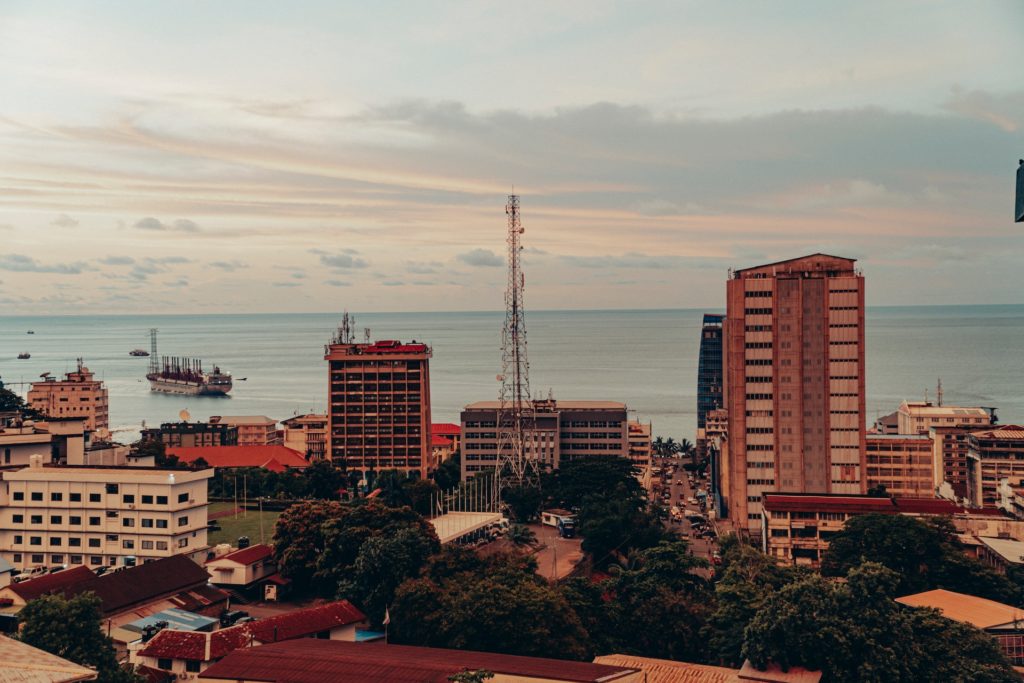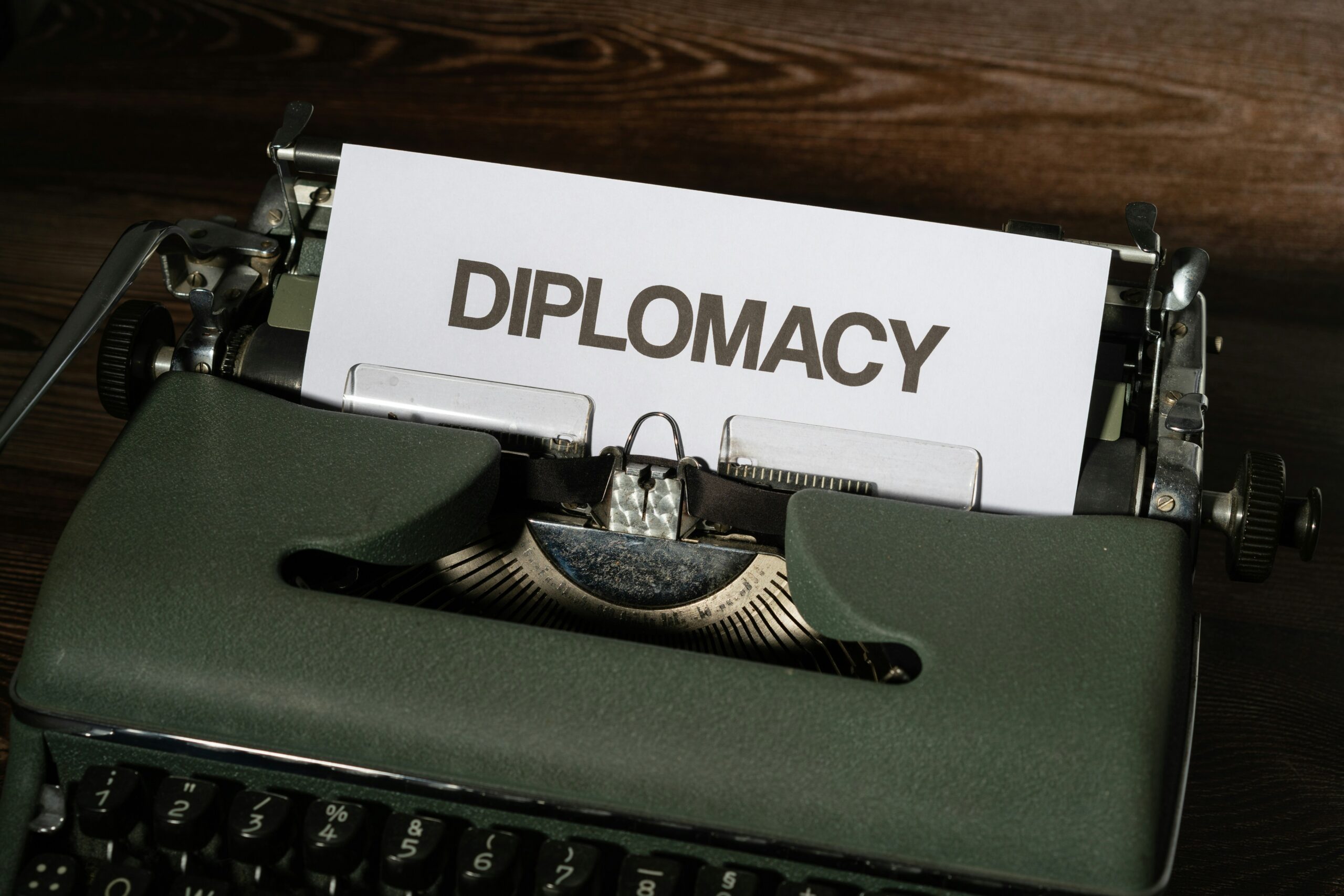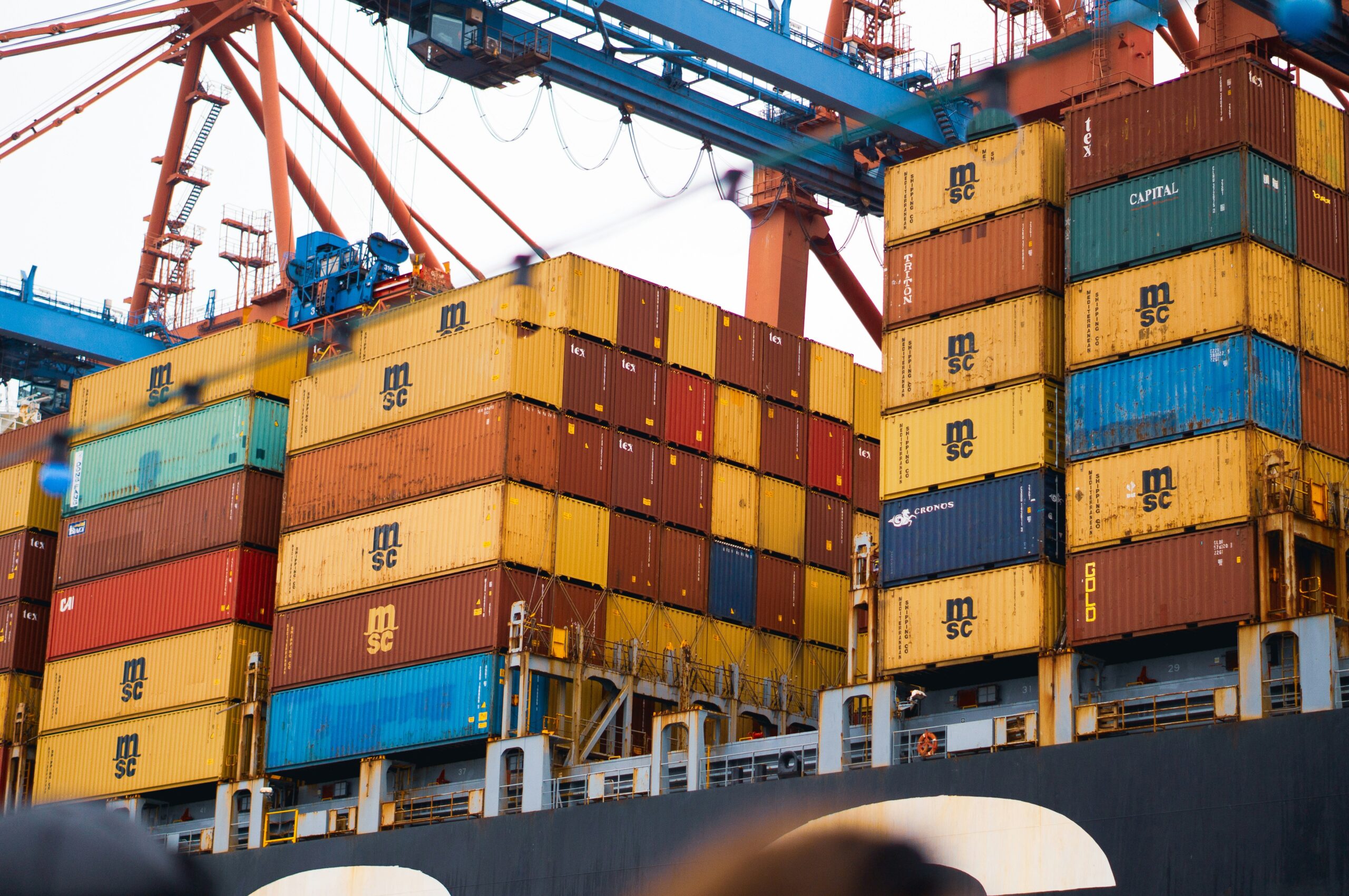It is a country located on the southwest coast of western Africa sharing boundaries with Liberia and Guinea. With a population of over 7 million people as of 2015, its largest city and its capital are Freetown. Since gaining its independence from the United Kingdom in 1961, the country has experienced an increase in its sectors as well as socio-economic crises. As a result of the civil war, the economy of the nation over the years has declined drastically, leaving a high rate of unemployment. Much recovery of the economy relies on the effective management of its diamond sector. More than half of its population is invested in agriculture, which accounts for 58 percent of the GDP. With its abundant minerals, the nation’s economy is heavily dependent on the mining of diamonds and other minerals. Making it one of the top producers of diamonds in the world.
For organizations and persons with businesses in the dominion of Sierra Leone interested in exportation, this article provides some vital information on exporting goods from the country and the process involved.

Main goods exported out of the Dominion
The top exports from this nation are diamonds, cocoa, coffee, diesel-powered trucks, ash and residues, coniferous wood sawn, etc. The main export partners are China, Korea Rep, Netherlands, Somalia, and Ghana. The total value of exports3 is around 200 million USD.
Exporting from the country
The nation ranks 163th in terms of the ease of doing business in global countries and 165th in terms of trading across borders. In line with its law, a native company or individual is allowed to export or import goods and services within any part of its territory. However, the trade must be made legal by applying for an export permit before commencing exportation. Certain factors must be satisfied before such an exporter may carry out his business here. The customs department in Sierra Leone is in charge of implementing the laws regarding customs administration, import and export trading in the republic, issuance of an export license, etc. the total export value has shown a tremendous increase since the lifting of the UN sanctions in the last twelve years.
The process of exportation
All necessary export documents needed to clear the goods through the country’s port as well as satisfy the customs’ laws and regulations must be provided by the exporter. Therefore, knowing the right documents to prepare is quite substantial to the export process. There are three steps to the process of exportation namely; registration of export license or permit, preparation of required documents, and customs clearance. The first thing to do is to acquire an export license by applying for a permit to export your goods. An exporting company has to make sure its products meet the standards of the importing country and that of the country’s Ministry of Finance and Trade. The next step for exporters is to obtain the required documents from suppliers, which they will present to clearing agents for the final step, customs clearance. For this stage, these agents will send the export declarations with other provided documents to the customs officers. If there is no problem with the goods being exported, the officers shall issue receipts to exporters as proof of their entries into the system.
Required documents to submit
Other than the basic documents, other documents required for clearance during exportation rely on the goods type, trade agreements, and trade policies of exporting partners. They include the following: customs entry document and bond, legal undertaking, export license, purchase order, certificate of origin and Insurance, bill of lading, transit documents, fiscal Import tax, et cetera.



